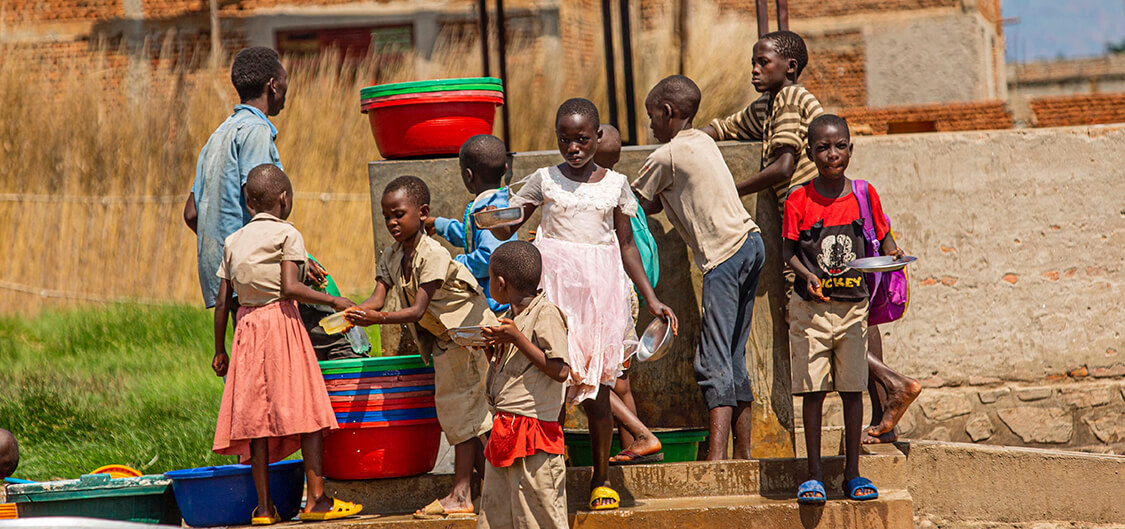
Environment and Sanitation
We conduct community sensitization on Safe Water Chain, solid waste management at household and community levels, and provision of chlorine dispensers at water source points.
In the densely populated slum areas of Uganda, environmental and sanitation challenges pose significant threats to the health and well-being of residents. These areas often lack adequate infrastructure, including clean water sources, proper sanitation facilities, waste management systems, and green spaces. As a result, residents are exposed to a host of environmental hazards that contribute to poor health outcomes and diminish overall quality of life.
One of the most pressing issues in slum areas is access to clean water. Many residents rely on contaminated water sources, such as polluted rivers or shallow wells, which can lead to waterborne diseases like cholera, typhoid, and dysentery. Limited access to clean water also affects personal hygiene practices, making it difficult to maintain cleanliness and prevent the spread of infectious diseases.
Sanitation facilities are often inadequate or nonexistent in slum areas, exacerbating health risks. Open defecation is common due to the lack of toilets, posing a serious threat to public health as human waste contaminates the environment and water sources. Inadequate sanitation contributes to the spread of diarrheal diseases and other infections, particularly among children, who are especially vulnerable to the harmful effects of poor sanitation.
Waste management presents another significant challenge in slum areas. With limited or no formal waste collection services, garbage accumulates in streets, alleys, and open spaces, creating breeding grounds for pests and disease vectors. Improper disposal of waste also contaminates soil and water sources, further compromising environmental quality and public health.
The lack of green spaces and inadequate urban planning contribute to environmental degradation in slum areas. Overcrowded living conditions, unplanned settlements, and limited access to parks and recreational areas diminish residents’ quality of life and exacerbate environmental stressors. Additionally, deforestation, soil erosion, and air pollution from informal industries further degrade the environmental health of slum communities.
Addressing environmental and sanitation challenges in slum areas requires a comprehensive approach that integrates infrastructure development, public health interventions, community engagement, and sustainable urban planning. Investment in basic infrastructure, such as piped water supply, sewerage systems, and waste management services, is essential to improve living conditions and protect public health.

